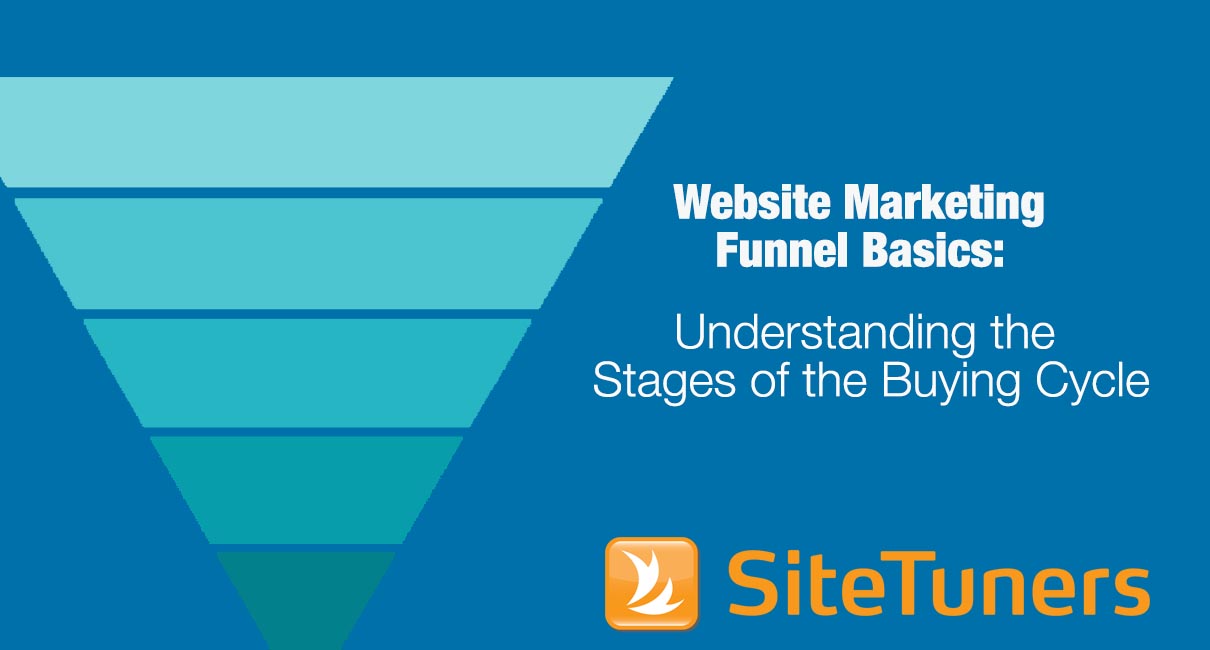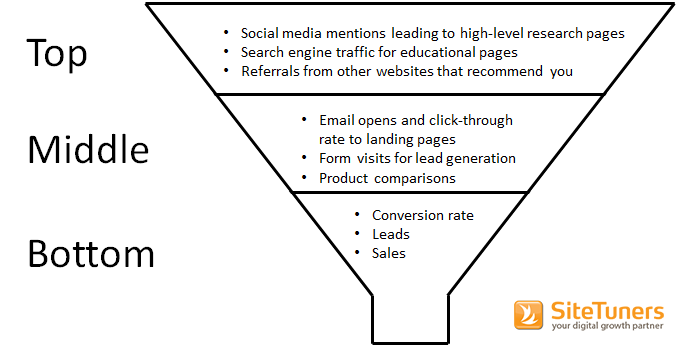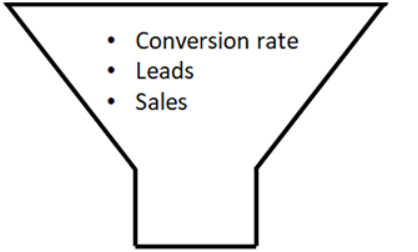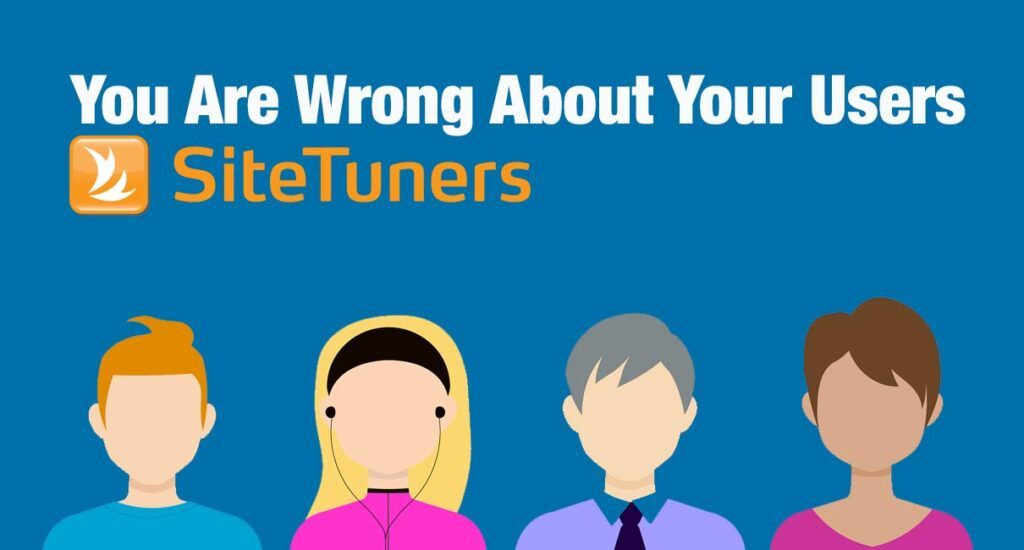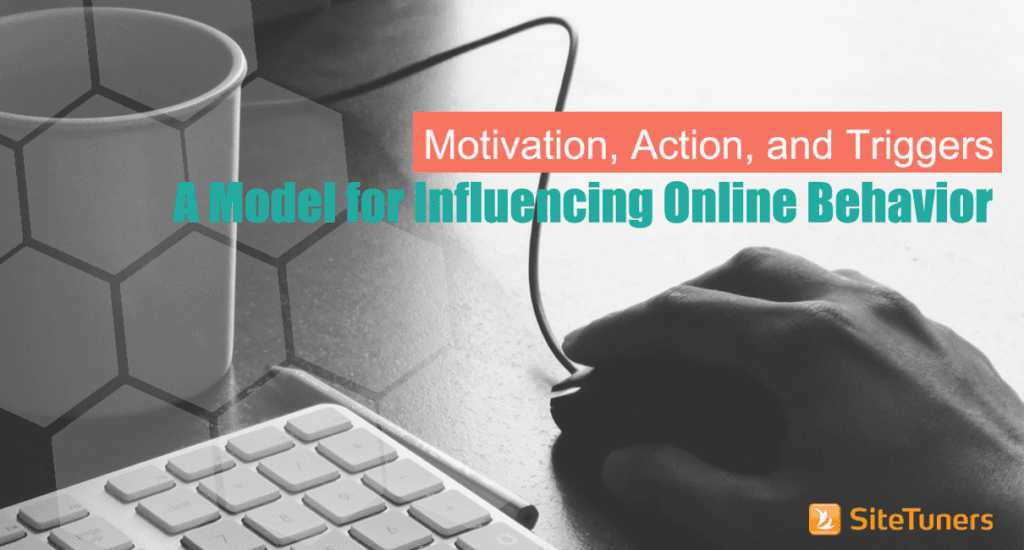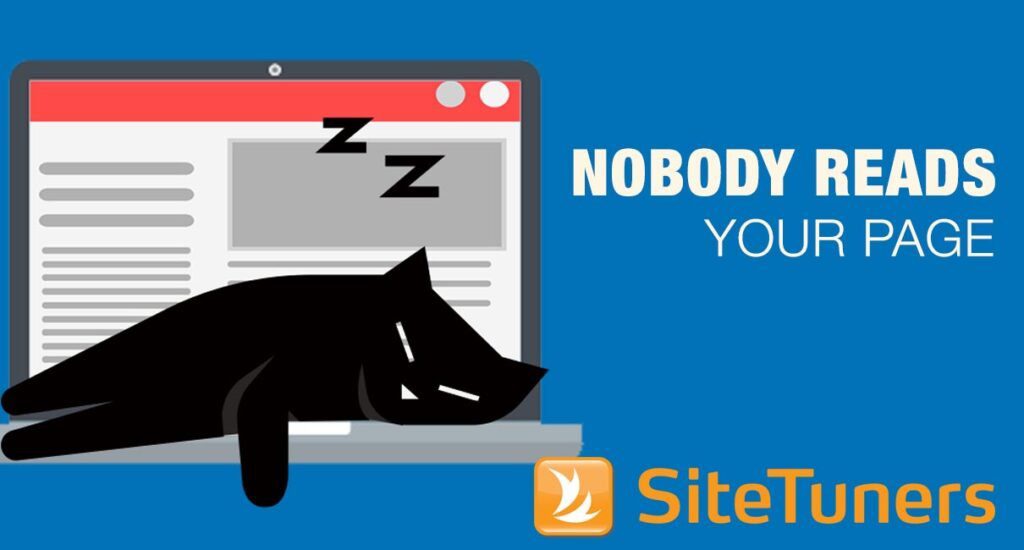Marketing funnels are a great way to think about how your website structure fits the journey users take before they make a purchase.
They help marketers organize their thoughts about the digital touchpoints:
- creating the right kind of user experience
- planning for the right kind of goal
- measuring success at the different stages of the buying journey
Parts of a Marketing Funnel
A very basic marketing funnel has three parts:
Top of the funnel
The earliest stage of the buying cycle is all about educational content, search engine success for industry keywords, discovery of the brand from other channels, etc.
Middle of the funnel
Once the user is past the research stage, what becomes important are visits to the product detail page, bounce rate for pages that lead to the cart, form views, email click-throughs, etc.
Bottom of the funnel
When the potential customer is ready to act, the last phase is about sales, leads, conversion rates, etc.
Breaking down the parts of the marketing funnel like this helps avoid a lot of pitfalls.
Understanding What Success Looks Like
For any given website, a significant number of visitors are not ready to convert.
Showing an Add to Cart button to someone in the early research phase is not going to do your site any favors. All it will do is push them to a site willing to provide them answers.
Thinking about the stages and what users want to achieve in each stage can help you organize the website around what the user’s goals are, and how you can help them achieve those goals.
In the process, it will help you get a correct picture of success. It’s not just about the 1 to 8 percent of people who convert. It’s about the mini-successes they have on the way.
Thinking about it another way, the 92% to 99% of people who don’t convert into leads or buyers are not failures. At least, they shouldn’t be.
The non-leads and non-buyers should be finding what they need and getting exposed to your brand, familiarizing themselves with your price points and offers, and doing a plethora of other things that drive them closer to the bottom of the funnel.
Your job as a marketer is to plan for all that, and not have those things happen by accident.
Top of the Funnel Metrics
Let’s say you have a few key traffic sources:
- Search engine traffic for educational pages
- Referrals from other websites that recommend you
- Social media mentions leading to high-level research pages
For the kind of traffic that you get for top of the funnel metrics, the worst thing you can do is immediately goad users into a sale, or measure your success for the landing pages for those traffic sources with a direct sale conversion.
Instead of direct conversions, here are a few of the things you should be measuring for your early stage traffic:
- how much you grow your audience over time (organic and referral traffic for early stage content)
- how well people can find what they need (via web survey questions)
- bounce rate for your educational content
- how many people you get to return (loyalty and recency for people who visited early stage content)
Measuring the correct things for visitors at the early stage will enable you to accurately assess what needs to be done to grow your audience and push some of them down the conversion path at a later point.
Need help with your conversion framework?Learn how SiteTuners can help. Speak with a conversion expert. |
Middle of the Funnel Metrics
When people are closer to the conversion than new visitors but not quite ready for the sale, you still shouldn’t be pushing them to the sale too hard, yet. You should try to make the experience seamless for the people in this group:
- Product comparisons should be very easy to do (bounce rate for product navigation pages should be moderately low).
- Forms for lead generation should get stable, increasing traffic.
- Emails you send out should have a decent click-through rate to landing pages and offers.
Making the experience as seamless as possible in this stage helps you retain as many visitors as possible who will actually transact with you in the next stage.
Bottom of the Funnel Metrics
If you retained a significant part of your audience through the top and middle stages, you’ll have a larger pool to try and convert here.
A lot of the tools of the conversion trade can be applied at or near the bottom of the funnel:
- Split testing can be done on the calls-to-action that lead to the cart, to try and improve the conversion rate.
- Removing all but the essential fields on forms can help you get more form submissions, which you can nurture into marketing qualified leads.
- You can use standard usability techniques on the cart to get fewer people to leave without completing the transaction. Be aware, though, that at the higher levels, you’ll see diminishing returns. This is because people just leave things in the cart sometimes.
- You can use remarketing techniques to bring people back to the cart, and try to convert them that way
When you optimize for the smaller subset of people who can be converted, you’ll adjust your strategy to better suit their needs. That’s a strategy that’s more likely to produce results compared to trying to win over everybody.
Marketing Funnel: Right Visitor, Right Intent, Right Metrics
People want different things at different stages of the buyer’s journey.
If you …
- match the visitor intent with the right kind of experience
- monitor the correct key performance indicators
… you’re more likely to improve your website over time.
